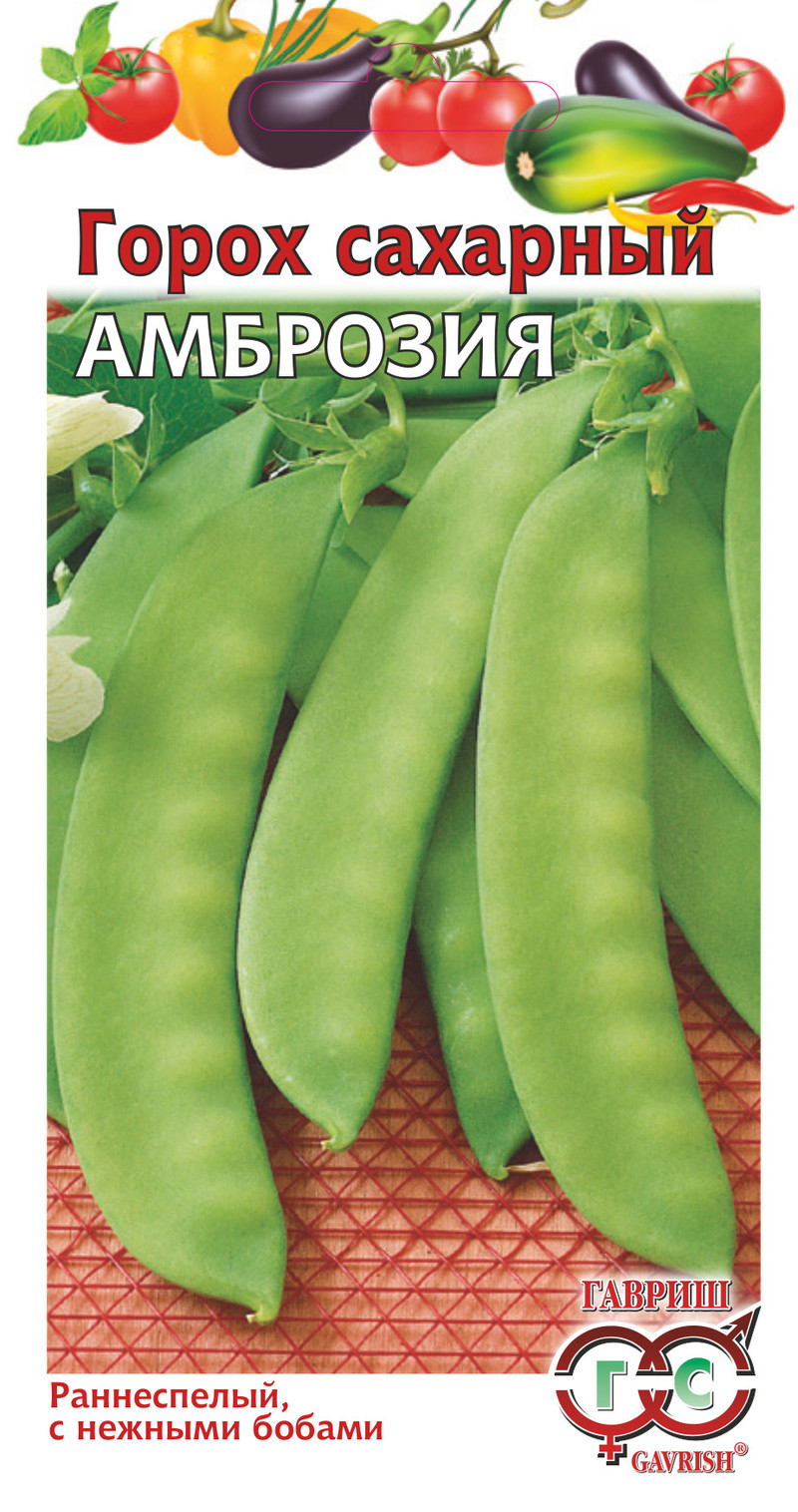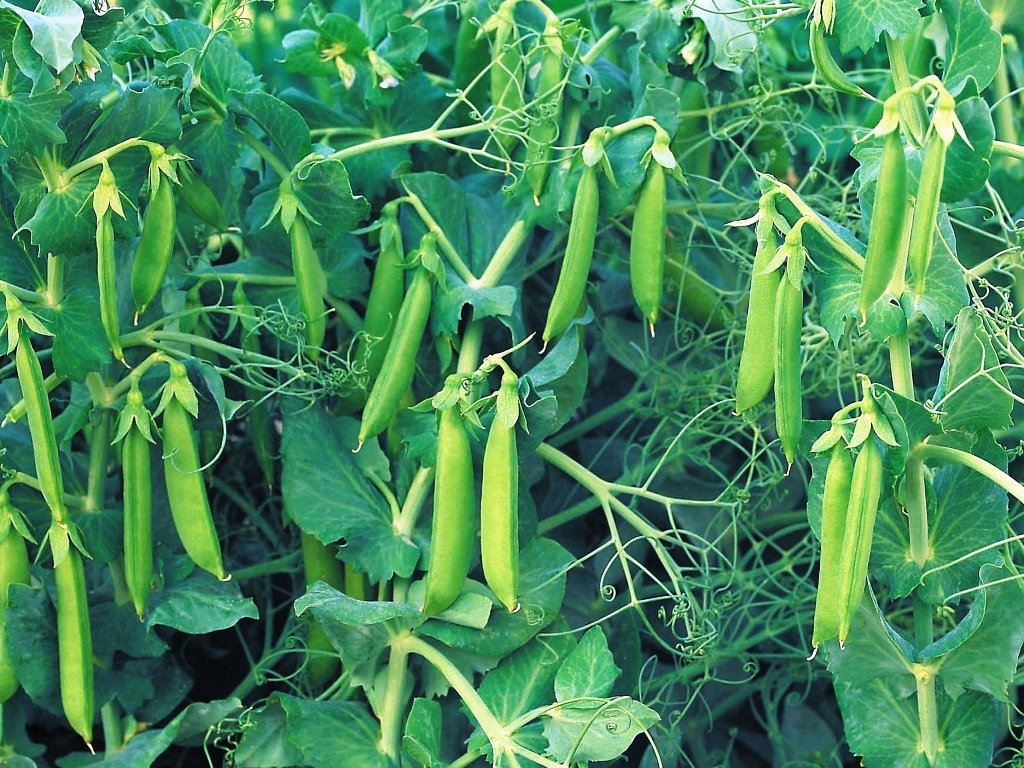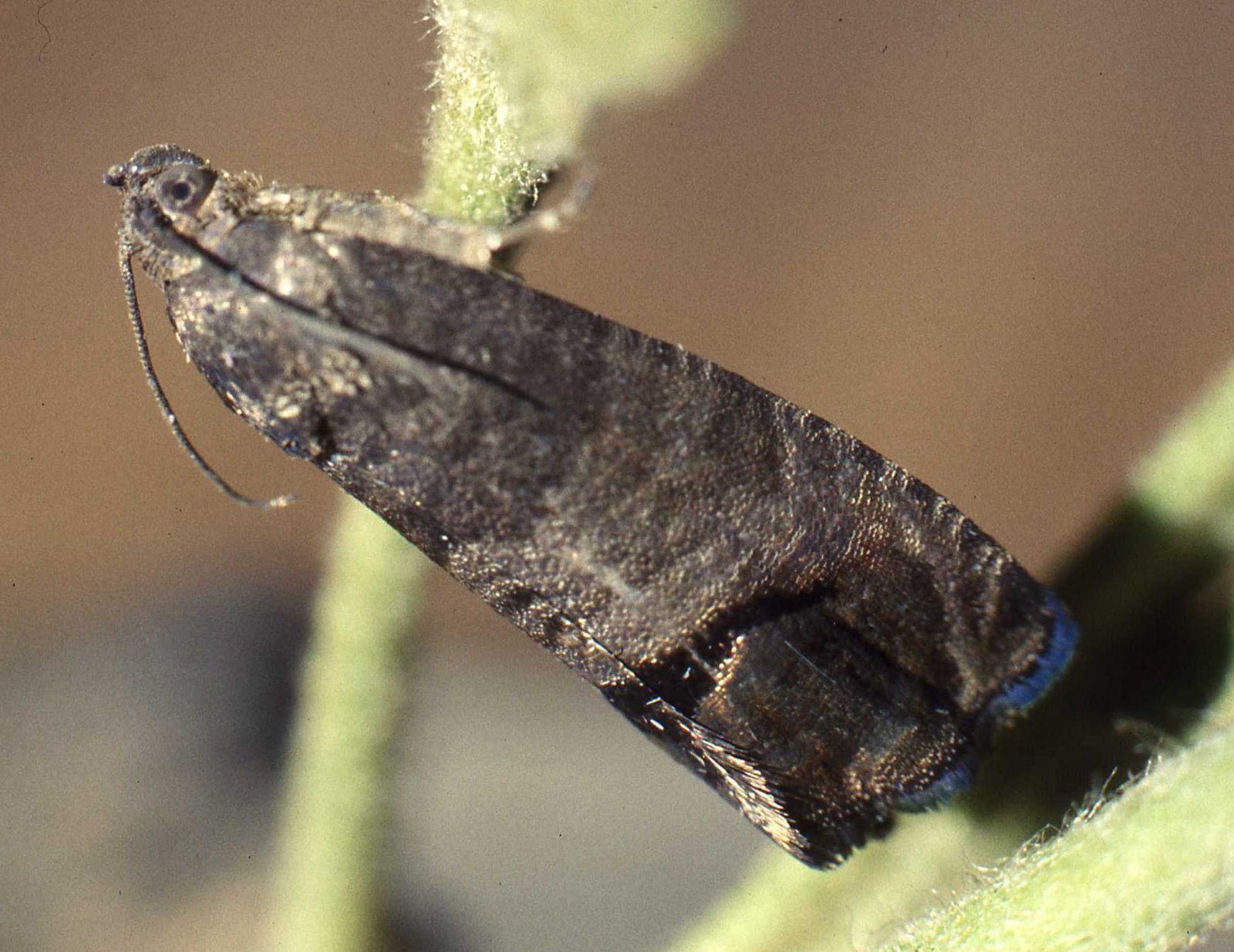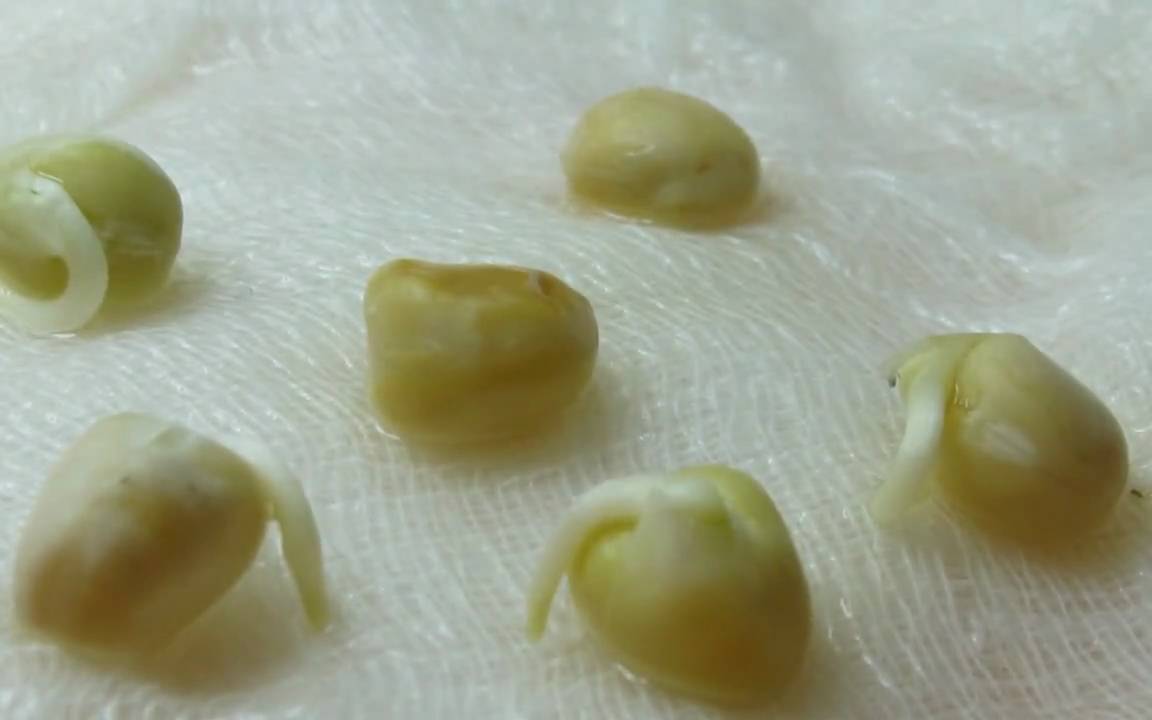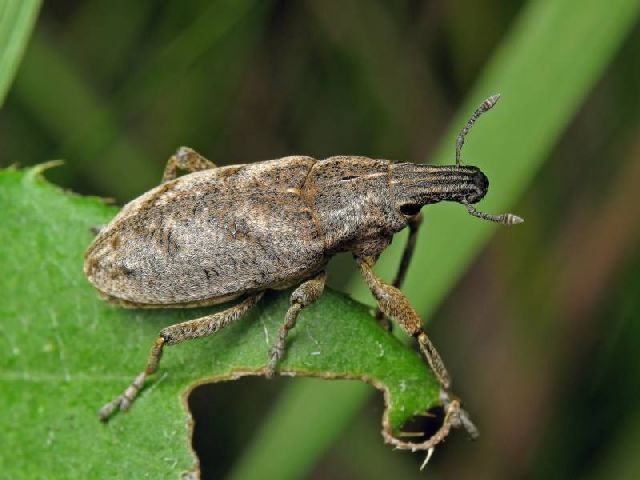Content:
Peas are traditionally one of their favorite crops among Russian gardeners. Green peas are delicious and nutritious and can be used to make many simple and delicious dishes. Vegetable protein contained in peas is comparable in quality to meat, and can serve as an equivalent substitute for meat products on the menu.
The pea plant itself feels great in our climate, its early maturity allows you to get a harvest several times per season. In addition to the nutritional value, peas on the site enrich the soil with nitrogen, so many gardeners grow it as green manure. For such purposes, Ambrosia peas are well suited.
Peas Ambrosia: variety description
Peas Ambrosia is an early-ripening variety of sugar-type vegetable peas.
From the moment the seedlings emerge to the ripening of the peas in the pods, an average of 50 days pass. It is customary to plant peas of this variety in 2-3 stages from April to July. This will allow harvesting from mid-summer to late fall.
Ambrosia pea forms a powerful stem up to 70 cm high. In this regard, when planting it, you need to pre-build trellises along the rows, otherwise the plants will fall on the ground and the pods will rot. The stem is covered with rounded gray-green leaves and strong antennae that cling to the supports.
Pea flowers resemble white moths that bloom on the plant a month after germination. During flowering, 2 pods are formed in the leaf axils, each of which ripens up to 8 peas weighing up to 2 g. The taste of Ambrosia peas is sweet, starchy.
The yield of Ambrosia sweet peas with a standard planting scheme (15 × 30 cm) is about 1 kg of pods per 1 sq. m.
Peas vegetable Ambrosia: planting and care
For a pea bed, choose a well-lit area with loose and nutritious soil, which has a neutral or slightly acidic soil. Loams and sandy loams enriched with humus are suitable. For 1 sq. m of the future beds during the autumn digging bring in:
- 5 kg of rotted manure or compost;
- 20 g of potassium salt;
- 35 g superphosphate.
The soil must be dug or plowed to a depth of 25 cm, choosing the roots of perennial weeds. In the spring, cultivation is carried out to a depth of 7 cm.
In the crop rotation system, it is better to plant peas after potatoes, cabbage, tomatoes and eggplants, cucumbers and zucchini. The sowing time of peas is determined by the climatic conditions of the growing region.
This is a cold-resistant culture that tolerates frosts down to -4 ° C. In the middle lane, you can start sowing peas already at the end of April in the form of a dry seed or pre-soaked and germinated.
Sowing scheme of Ambrosia peas: between seeds in a row 15-17 cm, row spacing 30 cm. Planting depth is about 3 cm.
The main component of pea care is regular watering. The moisture-loving plant requires weekly watering before flowering and every 2-3 days during the pod filling period. In addition, weeding and loosening of the soil around the plants are needed. Additional fertilizing of the crop is not needed, provided that the site is filled with fertilizers before planting.
The harvest is removed in several stages. The first pods begin to form on the stem at a height of 25-30 cm, peas can still bloom on the crown.
After collecting all the pods, the juicy tops of the peas are crushed and plowed into the soil. By decaying, the plant creates additional nutrition for subsequent plantings.
Disease Prevention and Pest Control
The most common pea pest is the pea moth. Its larvae, penetrating into the pod, eat up the peas from the inside. To scare away the pest, plants are sprayed with infusions of wormwood, tobacco, garlic. 10 liters of water requires 0.5 kg of wormwood stalks, 50 g of tobacco or a glass of garlic cloves. The raw material is poured with boiling water, insisted for about a day and the plantings are sprayed. The pungent smell of the drug will scare away pests from the beds.
Fungal diseases inflict great damage on pea plantings. As a preventive measure, spraying in a rainy summer with Fitoverm, Fitosporin, Bordeaux liquid is used, diluting according to instructions. Processing is carried out only before flowering!
In addition to spraying, monitor the planting density, preventing thickening. The peas are returned to their original place only after 4 years.
Other varieties of peas for planting
The varieties of green peas popular among gardeners are not limited to Ambrosia. The renowned seed company Gavrish offers modern sweet pea varieties:
- Alpha (early, yield up to 2.5 kg per 1 sq. M);
- Zhegalova 112 (medium ripening, very sweet and delicate variety);
- Honey pod (early, fruitful);
- Sugar peas 2, the cultivation of which is especially widespread.
The latter variety deserves to be described in more detail. This is a medium late type with the onset of fruiting 55-60 days from germination, a sugar variety of peas with tender and juicy shoulder blades, which are eaten raw or used in cooking vegetable stews.
Sugar peas: planting on the balcony and care
This variety of peas can be grown on a balcony or loggia under artificial lighting. For full development, you need to prepare boxes with a depth of at least 25-30 cm. Fill them with ready-made universal soil for vegetables or a humus-sand mixture.
Peas are sown to a depth and according to the scheme adopted for planting in open ground. As soon as antennae began to form on the stalks, a nylon mesh is attached near the pea stalks or ropes are pulled so that the plant drags along the support.
If planting is carried out in early spring or autumn, the plants are supplemented with fluorescent lamps, organizing a daylight hours of at least 10 hours.
Peas planted in a container need watering more often than in the open field.
At the beginning of growth before flowering, it is useful to feed crops with a weak solution of urea (1 g per 1 liter of water). At the time of flowering and pouring of pods, peas are fed with phosphorus-potassium fertilizers (20 g per 1 liter) every 2 weeks. Instead, you can use wood ash, scattering it over the soil surface (1 tablespoon per plant).
On the balcony, each pea plant bears fruit for about a month. You should not delay collecting the blades, as ripe pods inhibit the formation of new ones. You need to inspect the garden for picking peas every 3 days.
From each pea bush in container growing, you can remove a pound of tender sugar pods. After the end of the fruiting of peas, home flowers or vegetable seedlings can be planted in the ground with nodule bacteria that enrich the soil with nitrogen.
Growing peas is not a difficult task. Adhering to all the rules for planting and caring for the crop, you can harvest a good harvest.
